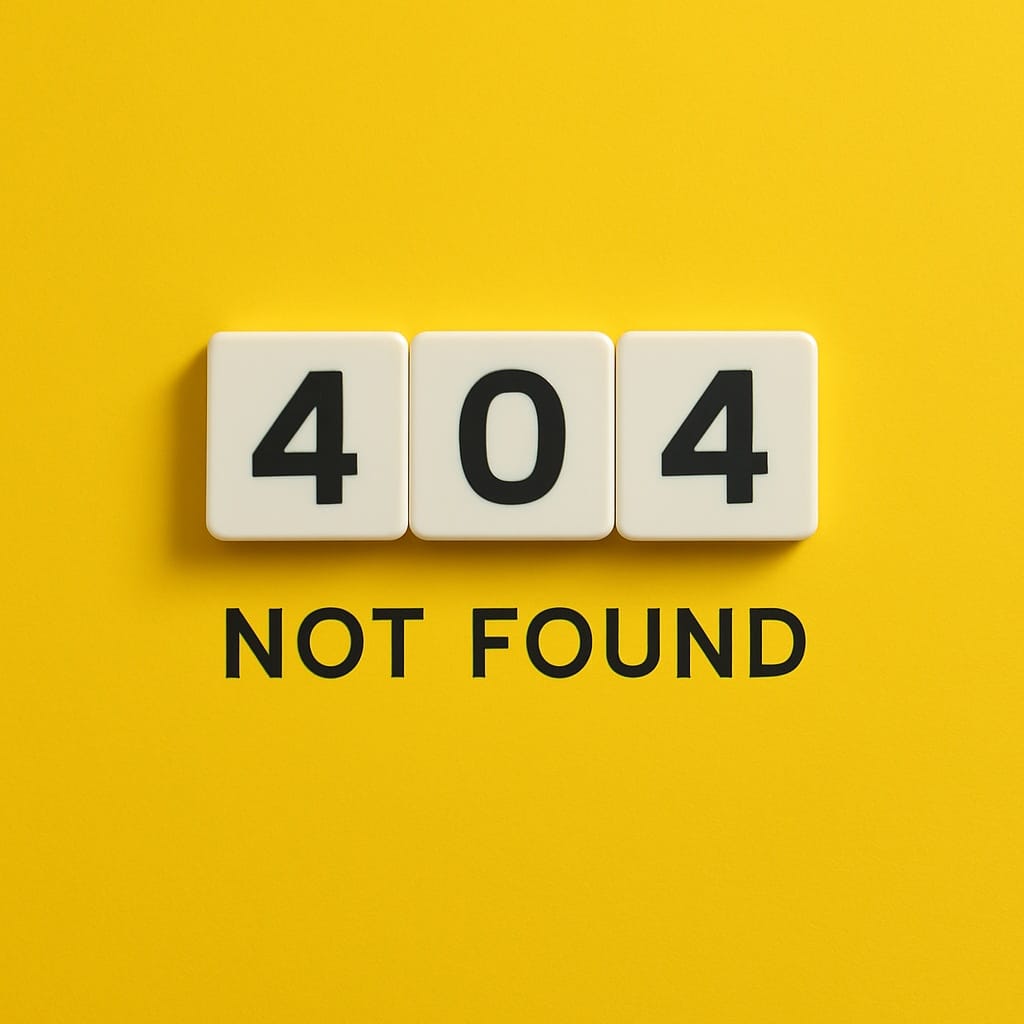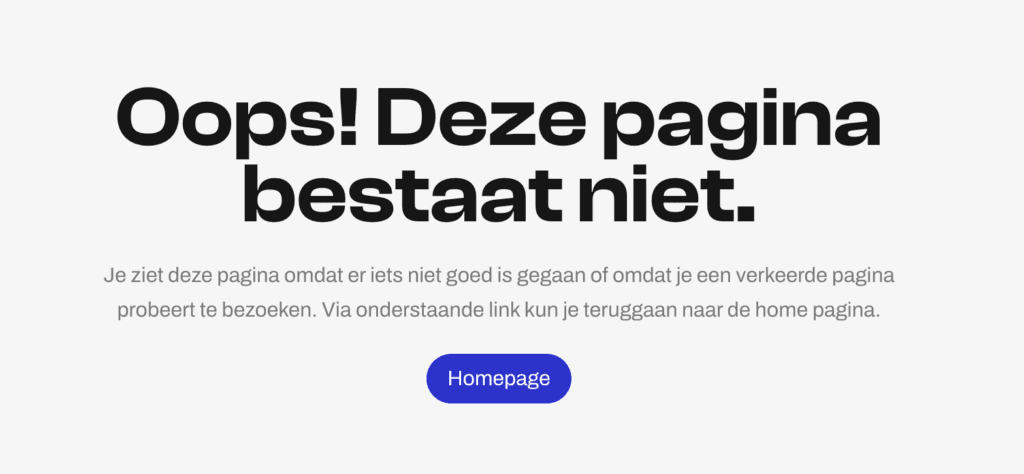
You click on a link, expect a page, and then nothing comes. Or well, something does: 404 not found. Or the familiar "404 page not found".
One of the most recognizable error messages on the Internet. But what does it really mean when you see a 404? And more importantly, what is causing it, and can you do something about it?
What is a 404 error?

A 404 status code is the way a server says: I searched, but there is nothing here on that path. The URL you requested points to a page or file that does not exist (anymore).
Technically, it's an http status code 404. Your browser successfully connected to the server, but the server could not find the requested resource. Therefore, you don't get content, but an error message.
In headers or logs, for example, it looks like this:
HTTP/1.1 404 Not Found
On a website, that will show up as a 404 page, a custom error page or the default message from your browser or CMS.
When do you get a 404?
Some typical scenarios:
- You click on a link to a page that has been removed
- The URL is misspelled
- Site structure changed without redirect
- The page does exist, but the server config is wrong
- You are looking for something that never existed (dead links, typos, typos)
Sometimes the problem lies with the user. Sometimes with the site administrator. And sometimes just a forgotten redirect after a redesign.
Is a 404 bad?
Not necessarily. An occasional 404 page is not a disaster. The Internet is constantly changing. But if your Web site returns a lot of 404s on existing or once-existing URLs, that does pose a problem, for your SEO, your user experience and sometimes even your conversion rate.
Google thinks it's fine if something really doesn't exist. But if you're structurally losing traffic to old or broken links, that hurts.
Solving error 404: where do you start?

As a user: check the URL first. Is there no weird character combination in it? Is the link copied correctly?
As a developer or site administrator: use a crawler such as Screaming Frog or check your 404 report in Google Search Console. With that, you can quickly see which URLs are going wrong. Then you can set up redirects or restore old content.
Note that you should not mask an error code 404 with a 200-response and an error message on the page. That makes it confusing for crawlers. Just have the server neatly return a status code 404, with a clear message for the user.
What is the significance of a 404 outside of engineering?
Sometimes people also search for 404 meaning spiritual or wonder if 404 has some numeric or symbolic value. This is beyond the technical context of this page, but it shows how widely the term 404 lives. From Internet culture to error messages to even numerology.
And speaking of confusion, 404 area code also exists, but that is an area code in the US (Atlanta, Georgia) and otherwise has nothing to do with websites or error messages.
In conclusion
The 404 error is probably the best-known error code on the Web. It does not mean that the server is broken, but that what you are looking for simply does not exist.
Sometimes temporary, sometimes permanent. But always a sign to check: is the link correct? Does the page still exist? And if you manage the site: what can you do to keep users on the right path?